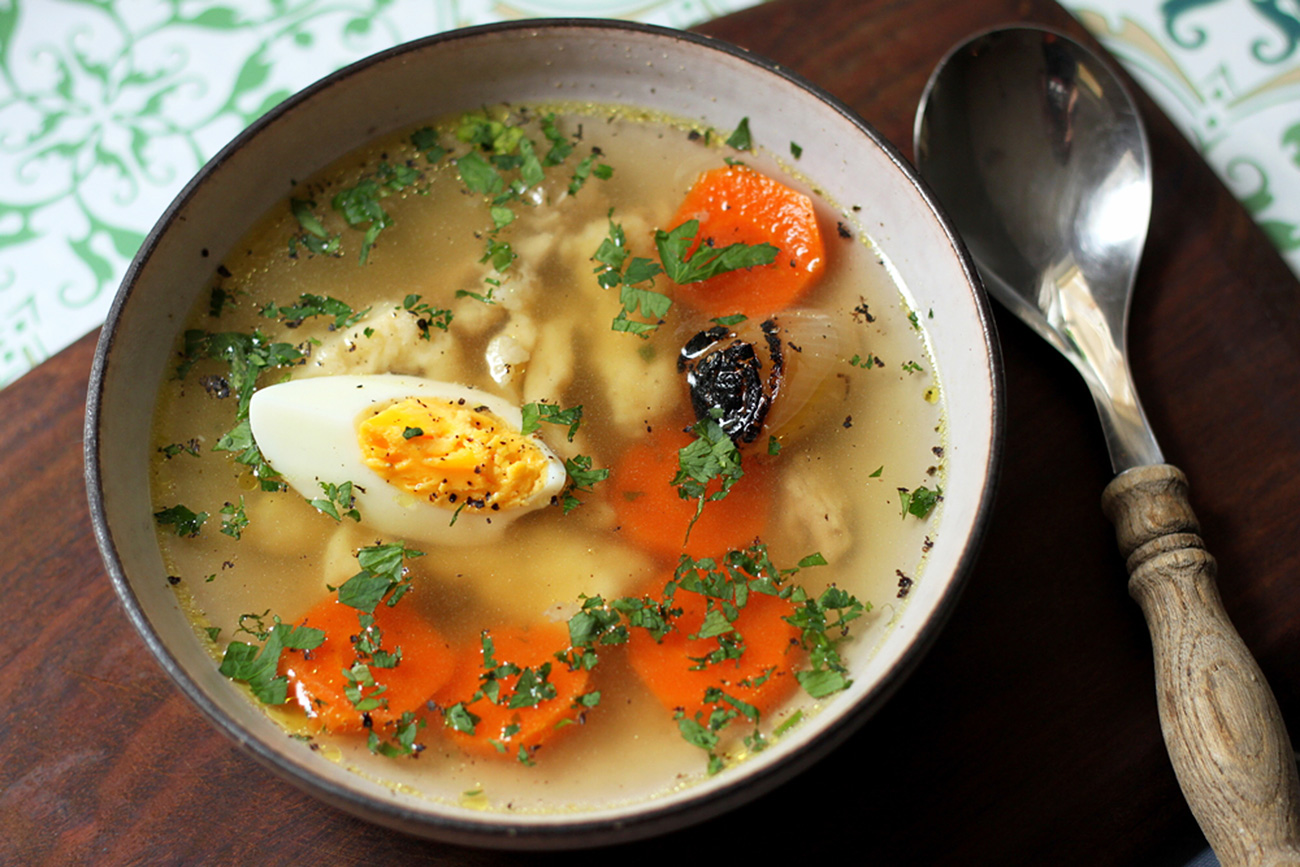
Why was this most unusual medieval soup completely forgotten?
Legion MediaLater in history, the mixing of fish and poultry in one dish, called yurma, appeared and spread across Russia. It gradually evolved with the addition of other ingredients, such as onion and spices.
Yurma, however, completely disappeared from Russian cuisine by the end of the 17th century. The list of dishes in the Domostroy, Russia’s 16th century housekeeping manual, is the last to mention it. Basically, there are two reasons why this tasty soup was forgotten. First of all, yurma used to be a ceremonial dish, served for czars and patriarchs. In the 17th century, however, the Russian aristocracy began to borrow Western European traditions, so the ancient Russian dishes gradually lost favor. The second reason is religious: one of the main Orthodox Christian tenets is the division of food into Lenten, and that which is forbidden during the fasting period. Yurma, which combines fish and poultry, defies that principle.
Surprisingly, there is written record of the last famous historical person who enjoyed yurma: Russian Orthodox Patriarch Nikon. In the 17th century, he introduced reforms that eventually led to a schism in the Church. This made him very unpopular and he ended his days on trial, deprived of all church functions and reduced to the status of a simple monk. Traditionalists who completely disliked Nikon’s reforms severed themselves from the Russian Orthodox Church and became Old Believers, establishing their own church. One can even say that there is a possible correlation between Nikon’s fate and his penchant for the sacrilegious yurma.
Although today we don’t know the real recipe for yurma, culinary researchers have tried to reconstruct it as best as possible.
2. Wash the pike perch filet, cut into pieces, put into the other cooking pot and full of water. Add 2 bay leaves, 6 peppercorns and 1 teaspoon of salt. Boil 20 minutes.
3. Wash and chop the green onion, dill, parsley and celery (be sure to cut off the root).
4. Crack the egg into the plate and beat.
5. Remove the chicken from the broth, cool, and dice. Add green onion, semolina and whipped egg. Stir and form the meatballs.
6. Remove the pike perch from the broth. Mix the two broths (there should be more of the chicken). Boil 2 minutes on low flame. Add meatballs, boil 5 minutes, then take the meatballs out. Add finely chopped parsley, dill, celery and saffron, boil for 2 minutes. Add pike perch and meatballs, boil for 3 minutes.
Combining fish and chicken gives the soup an unusual taste. The fish turns neutral while the chicken absorbs the delicate fish aroma.
Please note that yurma might lead to thirst due to its astringency, and is best served with white bread.
If using any of Russia Beyond's content, partly or in full, always provide an active hyperlink to the original material.
Subscribe
to our newsletter!
Get the week's best stories straight to your inbox